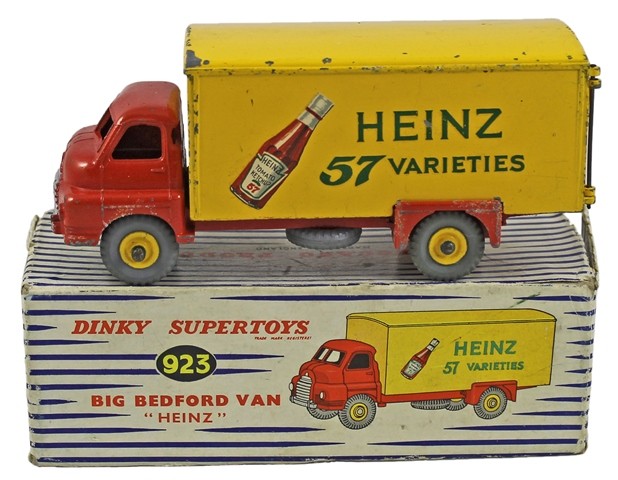
Guide to Legal Vehicle Modifications in Virginia
Content
ARENA Creative / Shutterstock.com
Whether you currently live in Virginia or plan to move to the area, you need to know the rules that govern the modifications you make to your vehicle. The following information will help ensure that your vehicle or truck is modified to legally drive on Virginia roads.
Sounds and noise
The Virginia sound code covers the sound system and muffler.
Sound systems
- As a general rule, the sound system cannot be loud enough to disturb others who are at least 75 feet away from the vehicle. In addition, the volume should be such that it does not drown out the sound of emergency vehicles on the roadway.
Muffler
All vehicles must be equipped with mufflers to prevent unusual or excessive noise.
Modifications that make the exhaust system louder than it was from the manufacturer are not allowed.
Pipes with chambers that have dents or grooves are not allowed.
FunctionsA: Always check with your local Virginia County laws to make sure you are complying with any municipal noise ordinances that may be stricter than state laws.
Frame and suspension
Virginia has bumper height regulations based on the Gross Vehicle Weight Rating (GVWR).
- Less than 4,501 GVW – Maximum front bumper height 28 inches, rear bumper 28 inches
- 4,501–7,500 GVW – Maximum front bumper height 29 inches, rear bumper 30 inches
- 7,501–15,000 GVW – Maximum front bumper height 30 inches, rear bumper 31 inches
- Vehicles cannot be taller than 13 feet 6 inches.
- Front lifting blocks not allowed
ENGINES
Virginia requires emission testing in several cities and counties. Visit the Virginia DMV website for more information. In addition, the maximum hood size is 38 inches wide, 50.5 inches long, and 1.125 inches high. No other rules regarding engine replacement or modification are specified.
Lighting and windows
Lanterns
Two fog lights are allowed - front lights must be clear or amber, rear lights must be red.
No more than four fires can be lit at the same time
Blue and red lights are only permitted on Department of Corrections vehicles.
Flashing and rotating lights are not allowed on passenger cars.
Headlights that are switched on together must emit light of the same color (eg headlights, taillights, etc.).
All lamps must be DOT or SAE stamped.
Window tinting
Non-reflective tinting on the windshield above the AC-1 line from the manufacturer is allowed.
Tinted front side windows must let in more than 50% of the light.
Tinted rear window and rear side windows must transmit more than 35% of the light.
Side mirrors with tinted rear window
Reflective tint can not reflect more than 20%
Red tint is forbidden to use
Vintage/classic car modifications
In Virginia, antique or vintage coatings are allowed on cars over 25 years old. These license plates restrict the use of shows, parades, tours and similar events, as well as "recreational driving" that does not exceed 250 miles from your current residence. These vehicles cannot be used for daily transportation.
If you want to make sure your vehicle is road legal in Virginia, AvtoTachki can provide mobile mechanics to help you install new parts. You can also ask our mechanics what modifications are best for your vehicle using our free online Ask a Mechanic Q&A system.